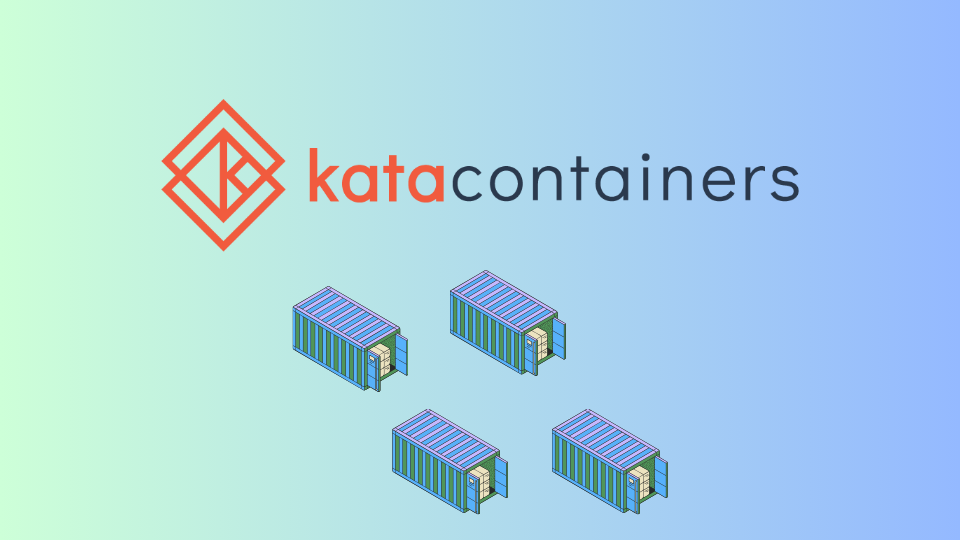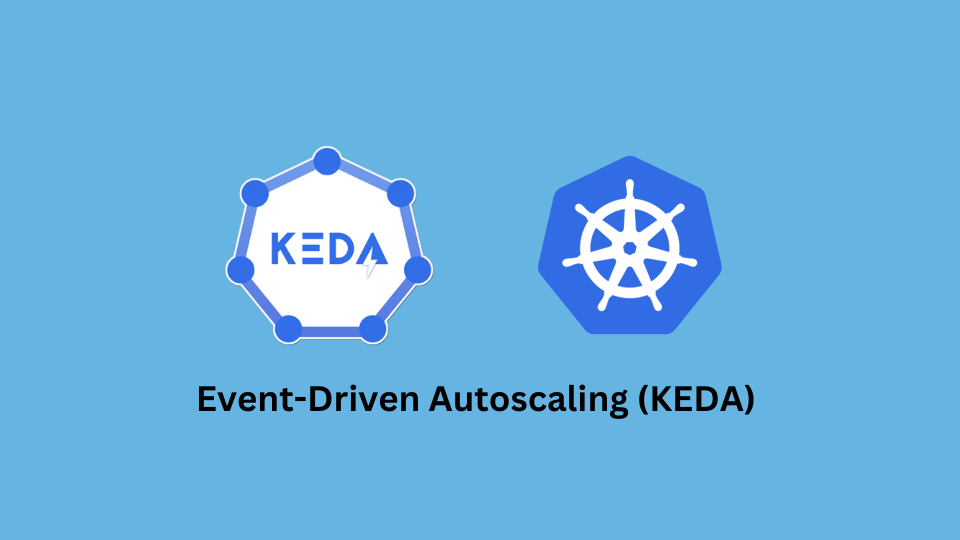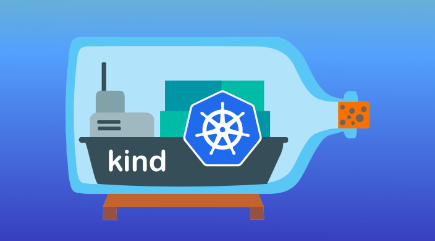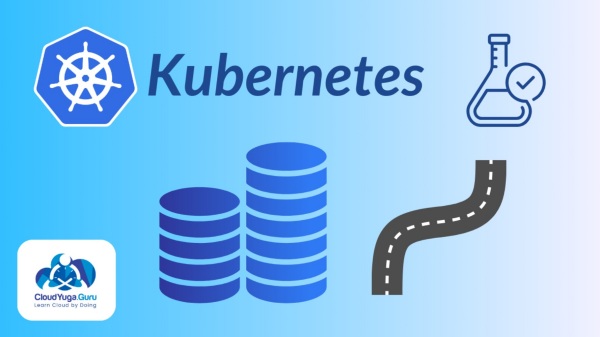AutoScaling in Kubernetes

To know about autoscaling and its types in Kubernetes Allocating resources to pods running inside the Kubernetes cluster is challenging as it gives rise to the questions such as how much CPU and RAM to allocate to pods for high performance and how to create enough replicas of these pods to handle the incoming load. For […]
Introduction To Kata Containers

To learn how to provide more isolation and security to containers Container technology has been widely adapted for packaging applications inside the container to make it portable on various platforms and infrastructures. Today different containerization platforms have been developed which follow Open Container Initiative(OCI) standards like Containerd and so on. This portable characteristic of containers makes them […]
Introduction To KEDA

To learn about Kubernetes Event-Driven Autoscaling (KEDA) Autoscaling is one of the important features of Kubernetes and Horizontal Pod Autoscaler (HPA) comes to mind when pods need to be scaled on the basis of CPU and memory consumption. You can find out more about autoscaling and HPA through our Autoscaling in Kubernetes hands-on lab. HPA is a […]
Container Runtimes and runC

To know about the building blocks for containers and container runtimes Nowadays containers are becoming the default choice to deploy applications. Containers are created using Containers Runtimes like Containerd, cri-o, Docker, etc. We run our applications in an isolated environment such that applications have their own independent identity like hostname, IP Address, etc. In this hands-on lab, we are going […]
Setting up local Kubernetes Cluster with Kind

Exploring Kind to setup single and multi-node local cluster on Linux Kubernetes is one of the most widely used orchestrators for automating deployment, scaling, and managing containerized apps. However, one wouldn’t want to take risk of testing directly on the production cluster. To address these concerns, a Kubernetes cluster can be built up locally using various technologies […]
Mounting Volume with RWX mode in KIND Cluster using NFS
To learn how to configure NFS with RWX access-mode in a KIND Kubernetes Cluster There are certain ways to create Kubernetes cluster locally for testing and learning purposes through various tools such as docker desktop, minikube, orkind and each of them comes with different features like minikube and docker desktop allows to create a single-node cluster whereas kind allows creating a multi-node cluster. As Kind allows to create […]
SubPath In Kubernetes Volumes

Understanding Subpath with Kubernetes Volumes
Securing Kubernetes with Kyverno

Introduction to Kyverno and exploring some of its security policies for Kubernetes In recent times, Kubernetes has become the default standard to manage the containers at scale. It can be configured and installed in N different ways which are good in terms of flexibility but can be a nightmare to configure security. If security is not configured in the right […]
ETCD in Kubernetes
To learn how ETCD works in Kubernetes In the previous blog, we have seen about etcd, its installation with its implementation, and how to set up a three-node etcd local cluster. Now, we will be exploring the working of etcd in Kubernetes and how it stores the information about the cluster, and how we can interact with etcd to […]
Downward API
To learn how to expose pod information to its own containers. In a Kubernetes cluster, generally, an application running inside a container in a pod doesn’t have any information about the pod or about the cluster as we make the application to be portable. But the information about the pod can be exposed to the application container and it’s […]

